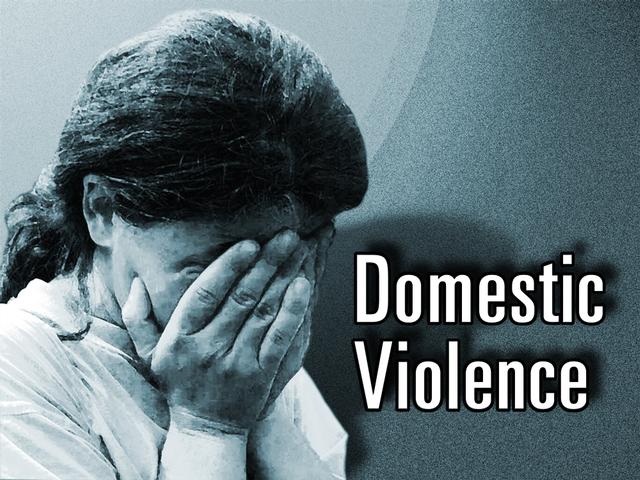Today is Day 4 of our Domestic Violence Awareness Week. Today’s topic is about shelters. Shelters are run, funded, and managed either by governments or by volunteer non-government organizations. According to a 1999 report published by the National Coalition Against Domestic Violence, there are well over 2000 groups involved in sheltering abused women, men, and their off-spring.
Before you opt for moving with your children into a sheltered home or apartment, go through this check list.
1. It is important to make sure that the philosophy of the organizers of the shelters accords with your own. Some shelters, for instance, are run by feminist movements and strongly emphasize self-organization, co-operation, and empowerment through decision-making. Other shelters are supervised by the Church or other religious organizations and demand adherence to a religious agenda. Yet others cater to the needs of specific ethnic minorities or neighborhoods.
2. Can you abide by the house rules? Are you a smoker? Some shelters are for non-smokers. What about boyfriends? Most shelters won’t allow men on the premises. Do you require a special diet due to medical reasons? Is the shelter’s kitchen equipped to deal with your needs?
3. Gather intelligence and be informed before you make your move. Talk to battered women who spent time in the shelter, to your social worker, to the organizers of the shelter. Check the local newspaper archive and visit the shelter at least twice: in daytime and at night.
4. How secure is the shelter? Does it allow visitation or any contact with your abusive spouse? Does the shelter have its own security personnel? How well is the shelter acquainted with domestic violence laws and how closely is it collaborating with courts, evaluators, and law enforcement agencies? Is recidivism among abusers tracked and discouraged? Does the shelter have a good reputation among them? You wouldn’t want to live in a shelter that is shunned by the police and the judicial system.
5. How does the shelter tackle the needs of infants, young children, and adolescents? What are the services and amenities it provides? What things should you bring with you when you make your exit – and what can you count on the shelter to make available? What should you pay for and what is free of charge? How well-staffed is the shelter? Is the shelter well-organized? Are the intake forms anonymous?
6. How accessible is the shelter to public transport, schooling, and to other community services?
7. Does the shelter have a batterer intervention program or workshop and a women’s support group? In other words, does it provide counselling for abusers as well as ongoing succour for their victims? Are the programs run only by volunteers (laymen peers)? Are professionals involved in any of the activities and, if so, in what capacity (consultative, supervisory)?
Additionally, does the shelter provide counselling for children, group and individual treatment modalities, education and play-therapy services, along with case management services?
Is the shelter associated with outpatient services such vocational counselling and job training, outreach to high schools and the community, court advocacy, and mental health services or referrals?
8. Most important: don’t forget that shelters are a temporary solution. These are transit areas and you are fully expected to move on. Not everyone is accepted. You are likely to be interviewed at length and screened for both your personal needs and compatibility with the shelter’s guidelines. Is it really a crisis situation, are your life or health at risk – or are you merely looking to “get away from it all”? Even then, expect to be placed on a waiting list. Shelters are not vacation spots. They are in the serious business of defending the vulnerable.
When you move into a shelter, you must know in advance what your final destination is. Imagine and plan your life after the shelter. Do you intend to relocate? If so, would you need financial assistance? What about the children’s education and friends? Can you find a job? Have everything sorted out. Only then, pack your things and leave your abuser.


